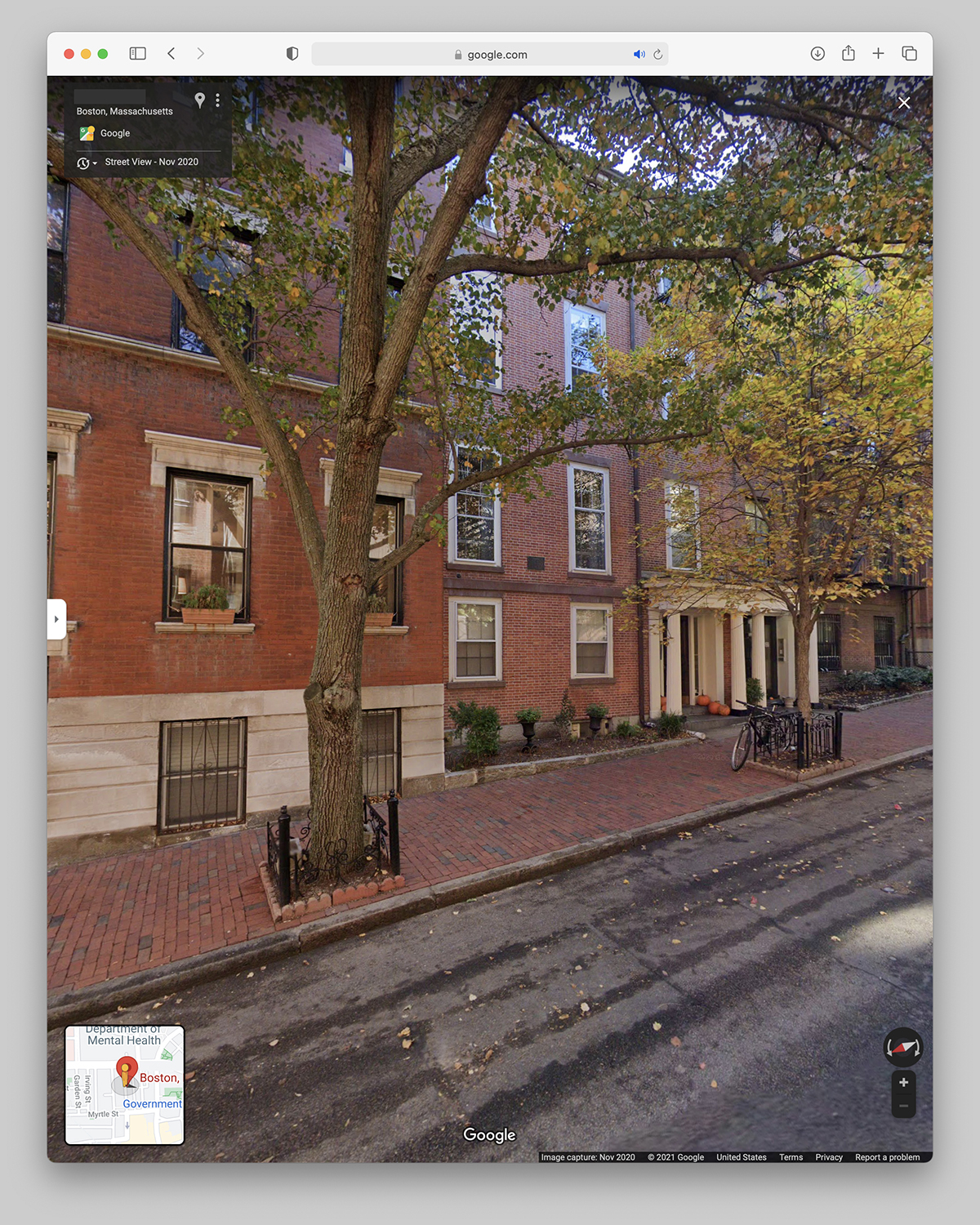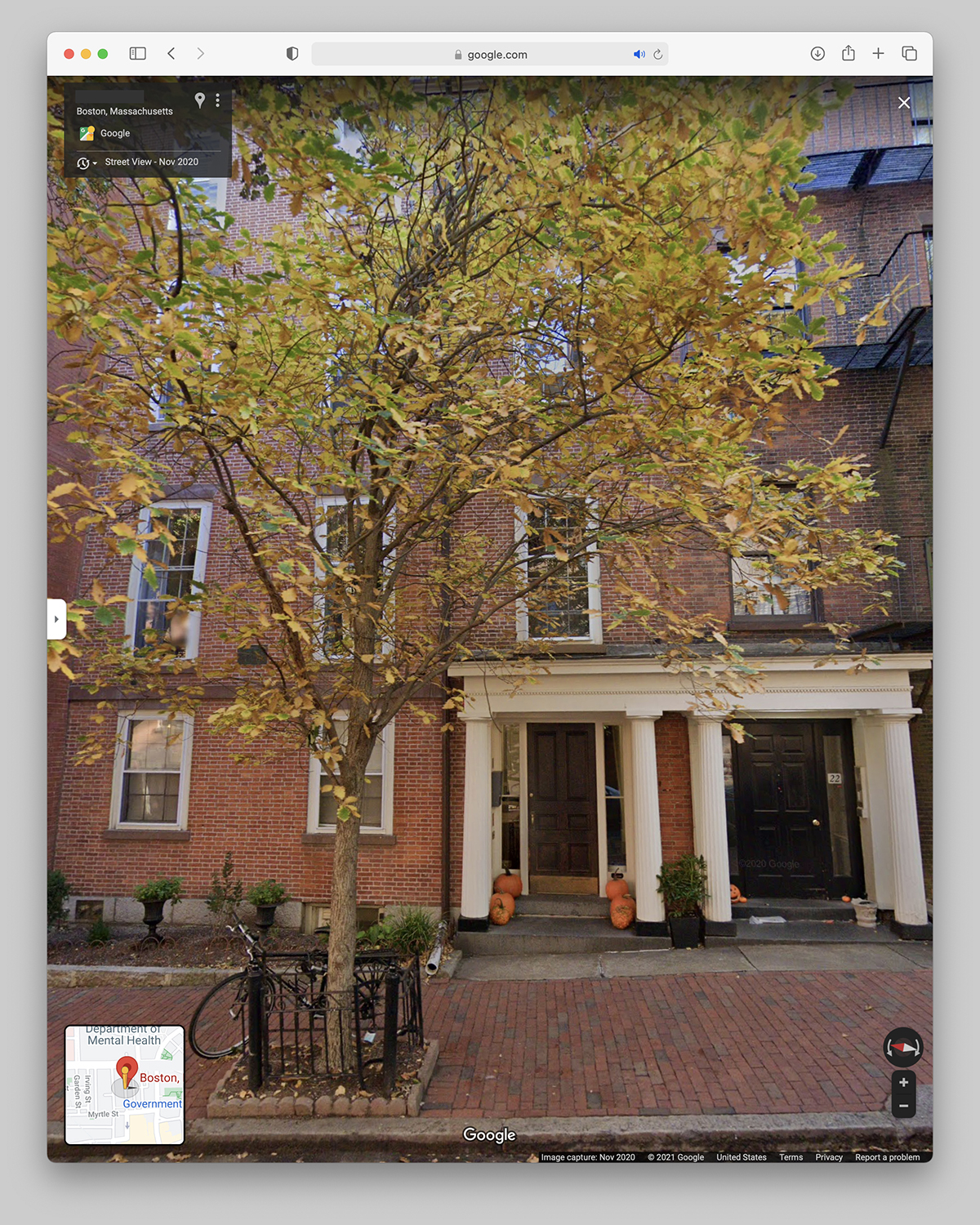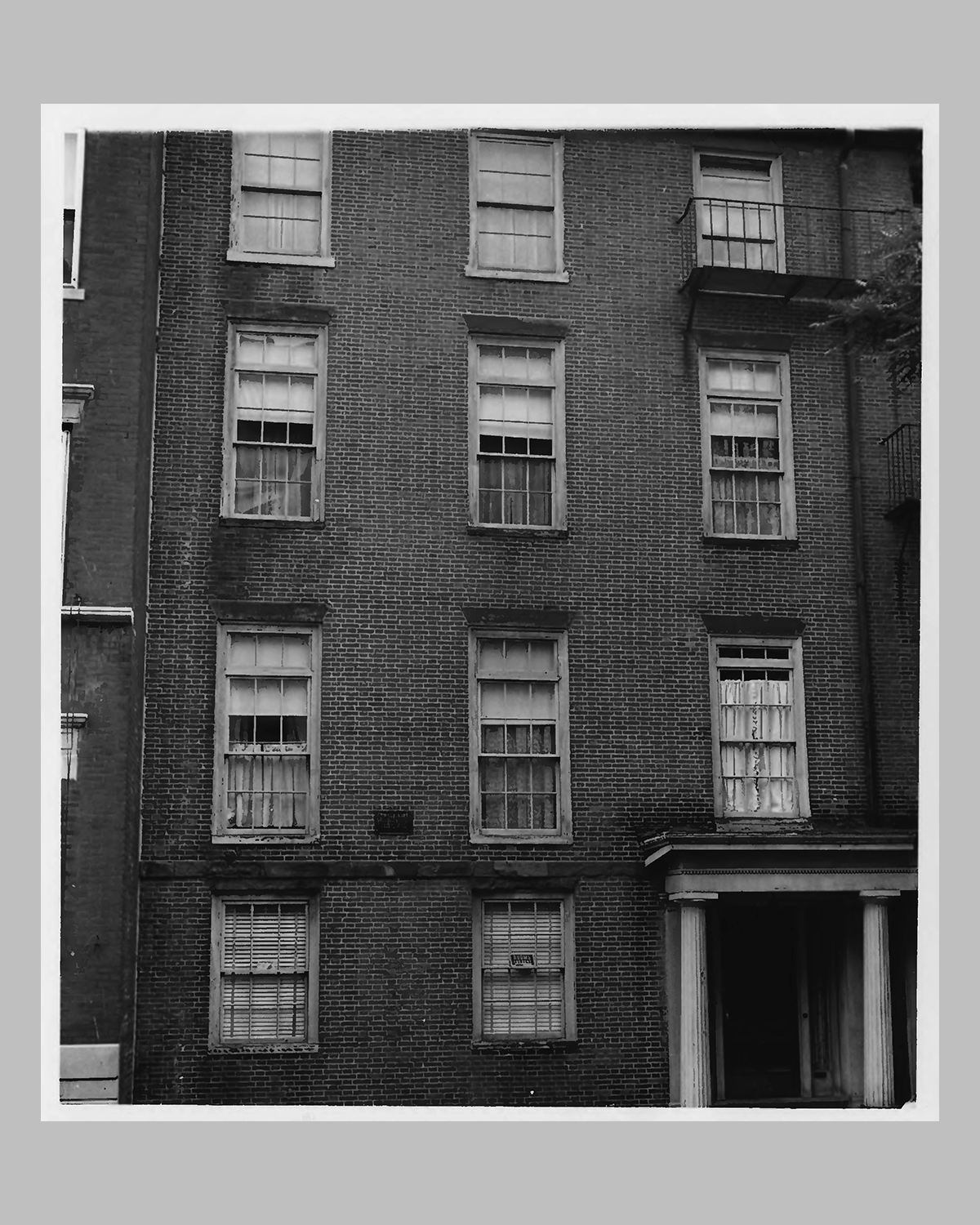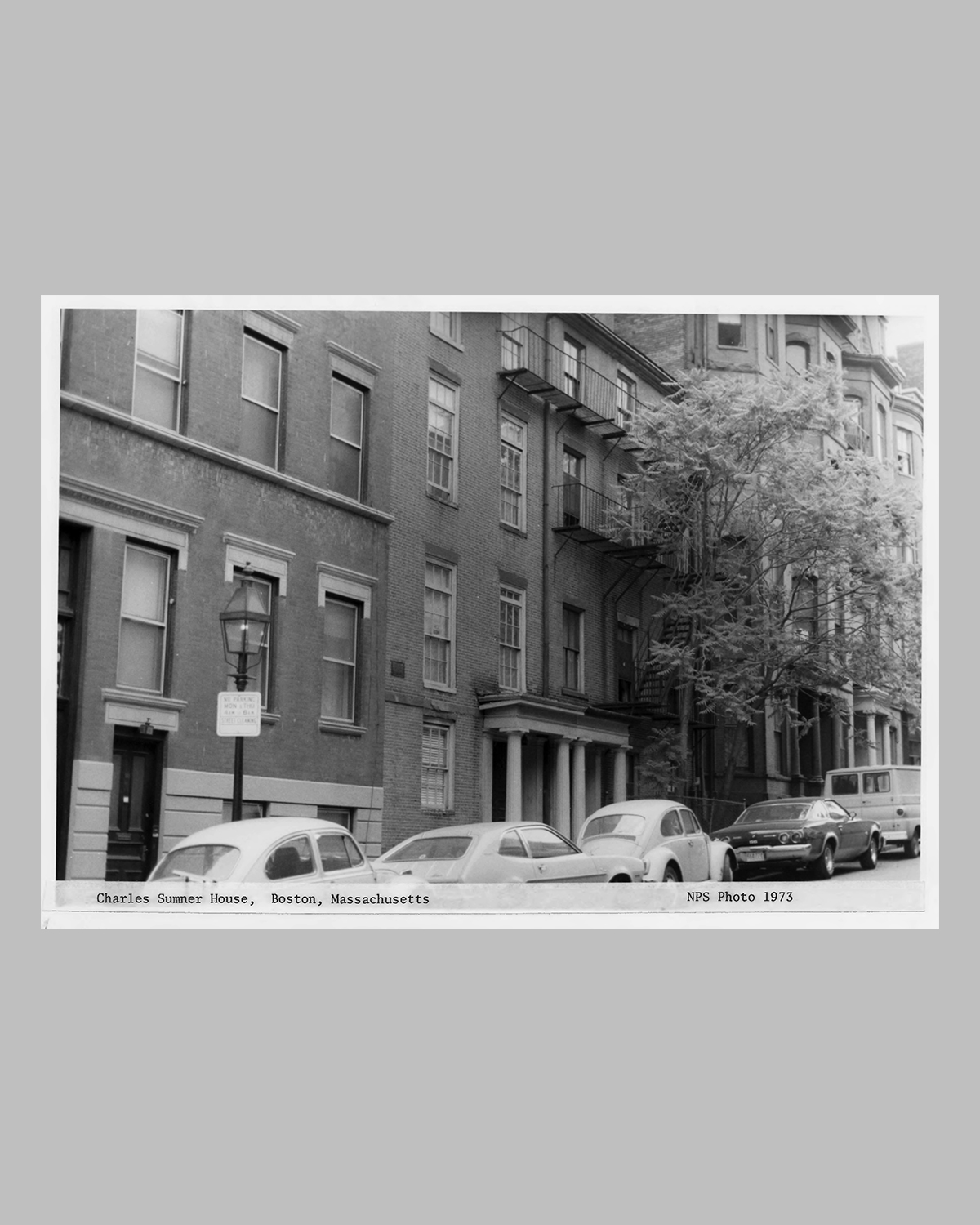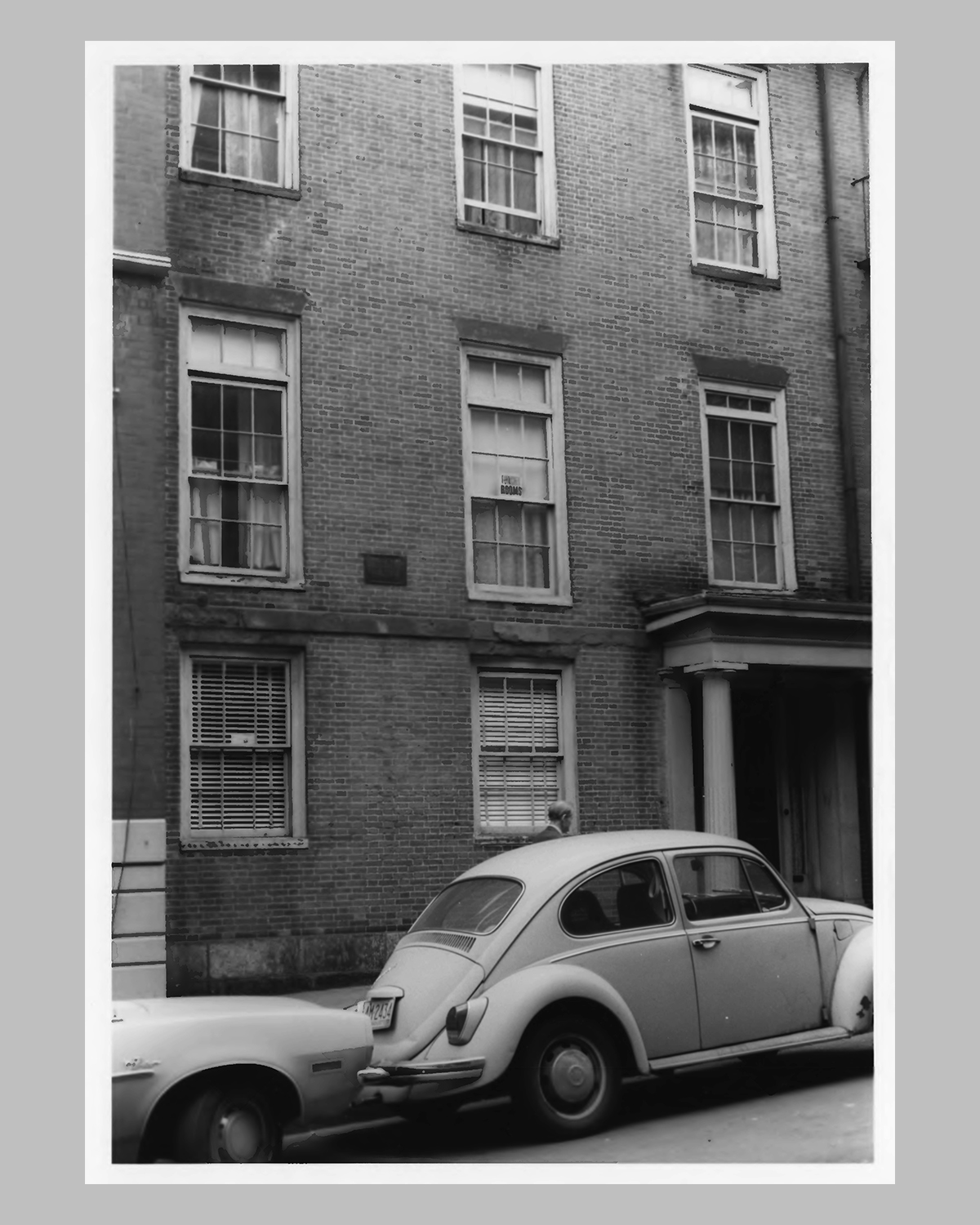1849 - Roberts v. City of Boston
Charles Sumner House
Back to Structures that Transformed Education - 1724 to 1974
Home of white abolitionist and attorney Charles Sumner who, along with Boston’s first black attorney, Robert Morris, argued for equal education in Roberts v. City of Boston. Sumner concluded that separate could never be inherently equal and that segregation marked a race as inferior. Such an argument would not be made again for another century in the NAACP’s professional and graduate school cases in 1950 and again in the school segregation cases consolidated in the U.S. Supreme Court’s Brown v. Board of Education decision in 1954 that overturned the separate but equal doctrine.
In 2022, my project Structures that Transformed Education was awarded an Artistic Innovations Grant, a program of Mid-America Arts Alliance. This project is generously funded by Mid-America Arts Alliance, the National Endowment for the Arts, and the Arkansas Arts Council. The financial support from these organizations will support photographing and building architectural sculptures of schools that played a role in changing education in America. This grant also supported a forthcoming solo exhibition, an artist workshop, and a panel discussion, at the Arkansas Regional Innovation Hub.
